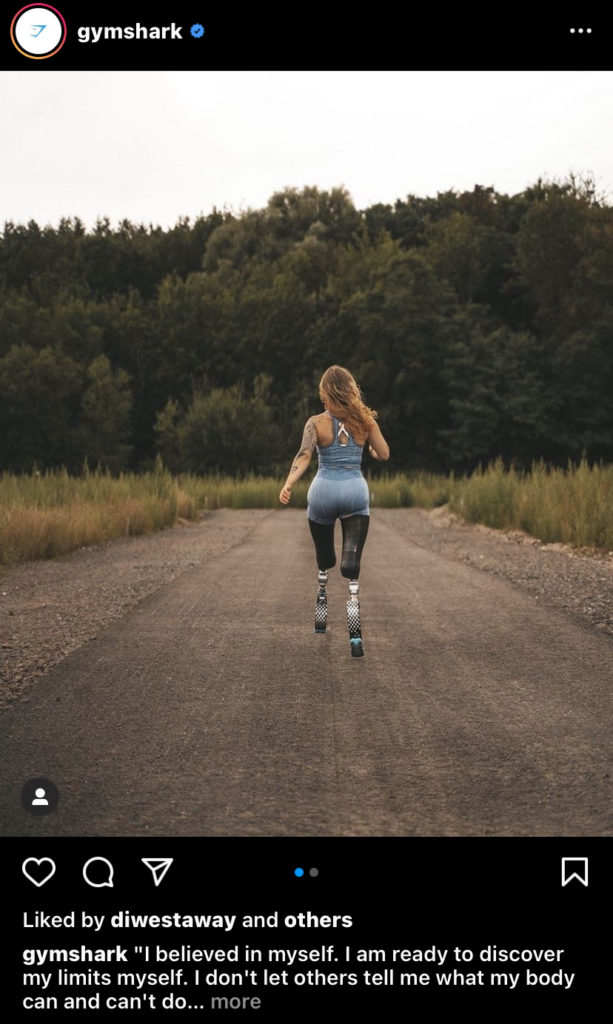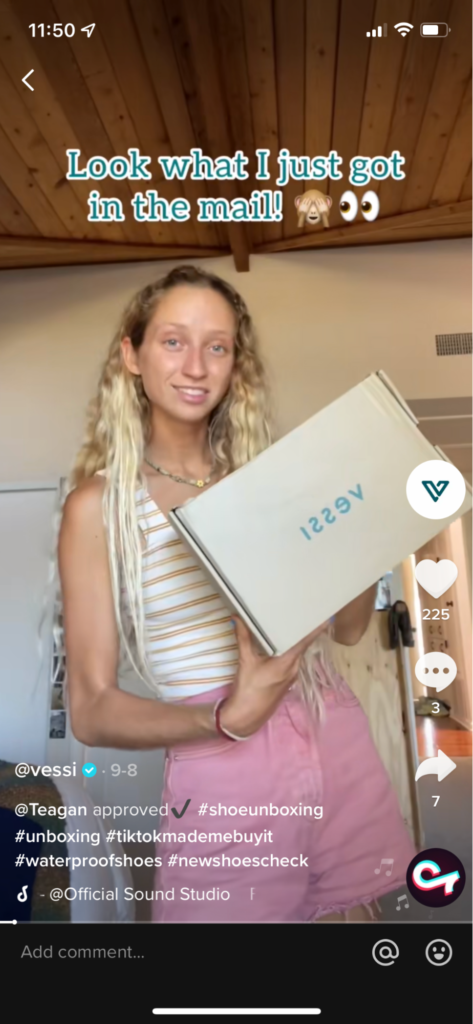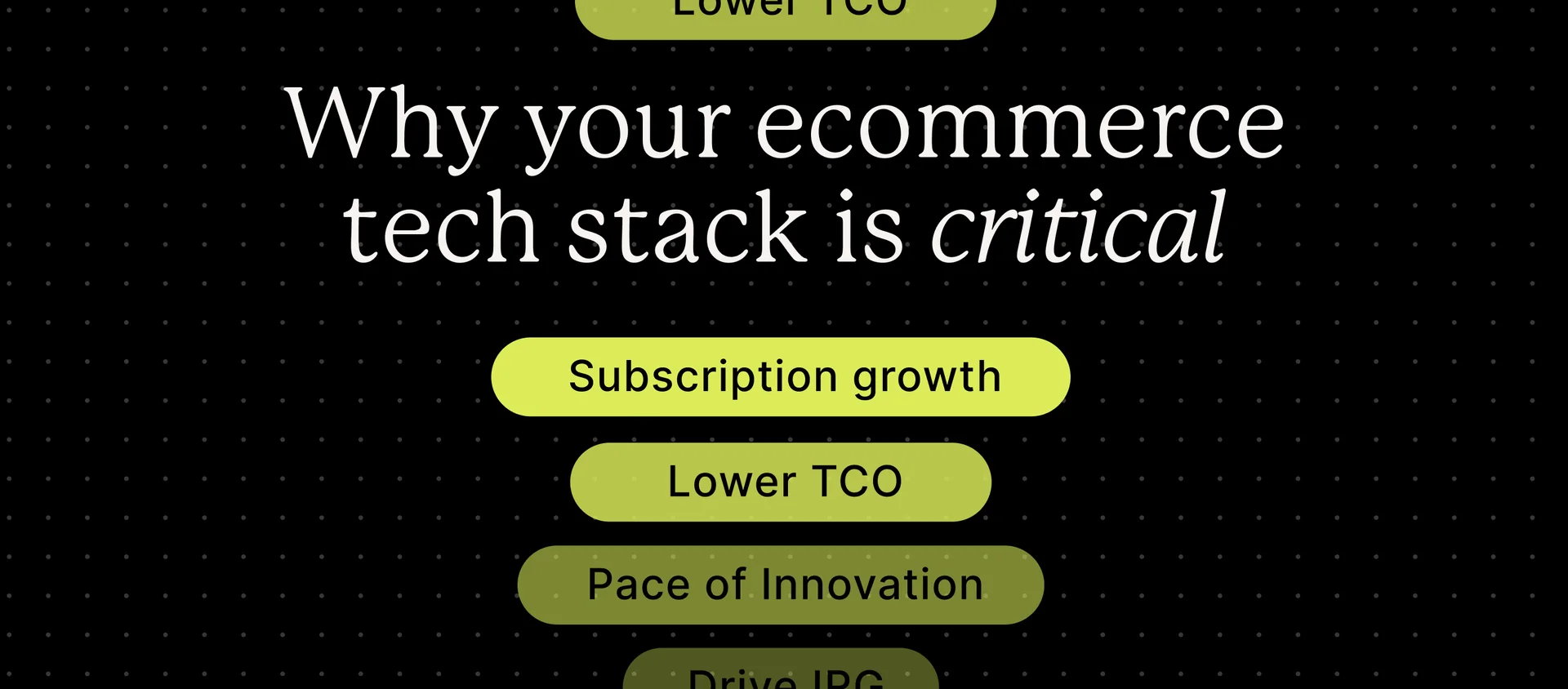Social media, even amidst its many flaws, continues to be the most powerful source of scalable connection on this planet. Though changing at an increasingly rapid pace, with new applications springing up seemingly overnight, the main players in the space have maintained stability and have continued to change the landscape for ecommerce merchants. With these platforms being accessed by nearly 4 billion people, it’s no wonder both traditional and ecommerce brands are taking to social media to connect with their customers.
Advertising and engaging on social media platforms requires a strategy to effectively get in front of the right people at the right time. In terms of your organic social presence–your audience building without ad costs–you want to identify the pillars that each platform is built on.
Humanize your social presence on Facebook
Arguably the longest standing, and still the largest of the social media platforms, Facebook has morphed from a college-kid led network to a global presence, with 2.7 billion monthly active users.
According to research by Sprout Social, the largest Facebook age group is now 25-34 years old (with the age groups on either side of that range also highly represented). What this means for ecommerce social media marketing is that these audiences are ripe with potential customers.
In fact, even despite the iOS 14 updates (resulting in issues with advertisement targeting, reporting, and optimization), Facebook remains the most popular social media platform to leverage to promote your brand, products, and services.

The human connection
It’s important to understand why users come to various social media networks so your brand can better cater its online presence to fit their expectations.
For instance users on Facebook are there, first and foremost, to connect with friends and family. Off that the network caters to groups of like-minded people typically specializing in a common interest. With that in mind, think of Facebook as the place where users want to make a human connection, albeit digitally. Brands who want to take advantage of the popularity of Facebook should lean into the human side of their brand. Identify and embrace a social tone that doesn’t sound out-of-touch with your ideal customer.
Audit your followers
In terms of a marketing strategy, run an audit via analytics to get a better understanding of your current followers. Are they most likely existing customers? If so, you’ll want to be cognizant of the content you publish to your social feed. Your current customers don’t necessarily need the same information that prospective customers need, but they could benefit from information and education about new products, or adjacent subjects. Leaning into this tactic keeps you top-of-mind and gives your customers more ways to connect with you, aside from just the products you sell. Dropps uses copy on their posts that speak directly to their customers. They not only talk about products, but showcase their educational guides to entice readers to learn more about doing laundry or dishes.

Advertise to your target audience
For your potential customers, Facebook advertising can be a great way to build awareness with your brand. Through extensive targeting and testing, you can craft ads that speak directly to your target audience. You should then determine your goals for your ads. Are they to build general awareness? Or are they further down the customer journey into consideration or conversion?
Once you’ve done the legwork on who your audience is and what they should be seeing, creating your ads is the next step, followed immediately by evaluating their performance and testing. The phrase “set it and forget it” rarely applies to a social media marketing strategy because there’s always something that can be optimized or tested. Hiring a dedicated in-house social manager or a social marketing agency to manage these ads will ultimately help you with performance and ROI.
Tell a story with Instagram
The second largest social media platform, at the writing of this article, is Instagram with 1 billion active monthly users (we see you gaining ground in the rearview mirror TikTok). Instagram’s demographic split is similar to Facebook, however the younger generation has started to gravitate toward TikTok as their preferred social media app.
Instagram began on the basis of photo-sharing, with no advertising or shopping integrated into the platform. In June 2021, head of Instagram, Adam Mosseri tweeted the following, additionally stating that Instagram would no longer be a photo sharing app and would instead focus on creators, video, shopping, and messaging

Leverage influencer marketing
For ecommerce businesses, a lot of success on Instagram has come by leveraging influencer marketing. Influencer marketing, according to Sprout, is “…a type of social media marketing that uses endorsements and product mentions from influencers–individuals who have a dedicated social following and are viewed as experts within their niche.”
On Instagram, influencer marketing has evolved from the early days of the app being used for photo-sharing to now embracing influencer created videos using features like Instagram Stories, IGTV and Reels. Many brands dedicate higher than traditional advertising budgets to influencer marketing, due to the sheer impact these social personalities have. Contracts can range from one paid post with an individual influencer to entire campaigns stretching multiple influencers with scheduled times to post and agreed upon messaging.
When done right, brands can measure the performance of influencer campaigns with use of tracking links and internal app analytics like engagement and reach. Influencers, when chosen wisely, can penetrate target audiences in a more trusting and authentic way than a traditional faceless brand can.
Additionally, utilizing user generated content (UGC) from customers who aren’t technically in the “influencer” category is another way to broaden your brand’s reach. One of the best ways to do this on Instagram is through a fun and engaging hashtag campaign. Perhaps you challenge your customers to use your product in a unique way with a campaign-specific hashtag to showcase those posts on your feed or story. Things like Q&A sessions or frequent polls are other ways to utilize UGC in your Instagram strategy while increasing engagement and overall reach.
Gymshark, the British fitness apparel and accessories brand, reshares photos and videos on Instagram from their community and brand ambassadors that are tagged with the branded hashtag #Gymshark.

Develop an Instagram video strategy
The video element of Instagram is also gaining in popularity, first by way of Instagram Stories, and now with Reels (the response to competition from TikTok). According to Instagram, over 90% of people use Stories weekly and one-third of the most viewed stories come from brands. By leveraging the shopping tools within the platform, you can remove barriers to purchase for your customers.

Show your personality with Twitter
With the limit of 280 characters per post, Twitter calls for unique, and often laconic, strategies to effectively communicate and engage with your customers. With 187 million active users, and a slightly older-leaning demographic, Twitter is the place to gather quick news, conduct customer service, and drive engagement through discussions. It’s also a great place to build brand awareness, as long as it’s done in the right ways.
Bring on the quirk
Due to the short nature of tweets, many brands use this as an opportunity to showcase their quirky personalities. You may remember the first time you heard about the Wendy’s Twitter clap-backs to disgruntled customers or other feuding brands.
Over the last 5 years, Wendy’s has continued to use their humor on Twitter as a way to stay top-of-mind, even for those who don’t frequent the fast-food chain. What they did was set the stage for brands to show their personality on social media in ways they hadn’t necessarily dabbled in before.
Of all of the social networks, Twitter is the most primed for this type of sentiment. But bear in mind, humor can be a little risky, even if done with the best intentions. There have been many brands who have used trending hashtags in their posts, only to realize that the reason it was trending was for something inappropriate or sensitive. You can still inject humor into your tweets, but try to aim for relatable rather than controversial. Pretty Litter uses humor regularly in their tweets, creating a quirky presence centered around their target audience’s pets, cats.

Be relatable with TikTok
If being quirky and short-winded in text is the best strategy for Twitter, you can think of TikTok as a mostly-similar function. With over 100 million users and one of the youngest skewed demographics, TikTok has risen in popularity over the last 2 years. TikTok users also spend the most time per day on the app in comparison to all of the other social media platforms.
Create authentic connections
If you’ve been on TikTok for any time, you’ve likely noticed that it has the most potential for virality. Brands that have seen success on TikTok have used it to develop a unique brand personality, and not a traditional advertising social platform.
By creating videos that speak to the individual, whether by using humor, authenticity, nostalgia, or sentimentality (or combinations), you allow for your followers and potential followers to see you as more than a brand just trying to sell them product. Providing looks into a day-in-the-life of colleagues at your company is a great way to showcase what goes on behind the scenes. You can also choose to create a TikTok spokesperson for your brand, whose face and videos are tied directly to your brand.
This tactic worked well for The Washington Post. Traditionally a news outlet read by older generations, The Washington Post hired a social media expert to become the face of the publication on TikTok. With over 1 million followers, many Millennials and Gen Z users now use them for their news source.
Engage with users regularly
It’s not enough to just create videos on TikTok to see success. Many brands frequently comment on videos that have nothing to do with their products. Whether leaving thoughtful comments or funny quips, these brands utilize this tactic in building brand awareness and driving more people to their page.
Another tactic taken by competing brands is to create a playful public feud. For example, Tabasco and Franks Red Hot Sauce have been in competition to win the heart of a content creator on TikTok. Prior to this, this user was not deemed an influencer. Through a series of gifts, events, and letters, these videos centered around this user finding her perfect hot sauce have generated 4 million likes while also painting those brands in a new light for users along for the ride.
Utilize influencer marketing
No longer just for Instagram, the influencer game has made its way to TikTok through #sponsoredposts. One of the first brands to sweep through the TikTok influencers was The Coldest Water. In days, videos were moving along as normal with a small hint of a water bottle in the background, or on the desk. Soon, the majority of users with over 50 thousand followers were being sponsored by this company which drove their follower count higher. It truly became a rapid-fire way to engage in social selling.
Vessi Shoes utilizes multiple tactics, like amplifying their social media presence by engaging through comments and playing the influencer game. In doing so, they’ve earned over 140 thousand followers in just a year.

Bokksu, curators of authentic Japanese snack and candy subscription boxes, found success on TikTok organically by a customer simply being delighted in their product. Danny Taing, Bokksu founder and CEO, shared the story on our ecommerce podcast Hit Subscribe, where a customer named Elena, unprompted by the brand, was so excited about their product she filmed a bright and flashy unboxing video:
“It went viral on TikTok and we got this huge deluge of orders. And we only knew about that because we have a post-purchase attribution survey, and we were seeing people write TikTok, and we were like, wait, what’s going on. And then we saw that, and we contacted her and we asked her if we could use her video for an ad, and she was totally okay with it.”
Danny went on to explain that Elena’s TikTok video outperformed every ad creative our creative team had done and expressed his belief in the power of UGC content.
Network with Linkedin
Much less about connecting with consumers, Linkedin is typically used for networking with your peers and forming B2B relationships. With over 750 million members globally, Linkedin touts that they are a fantastic place to market.
Enable a specific social media strategy
What has worked on platforms with a more casual approach–Facebook, Twitter, Instagram–Linkedin requires a strategic social media content strategy targeted at professionals. A great example is Who Gives A Crap, a toilet paper company who donates “50% of their profits to help build toilets and improve sanitation in the developing world.”
For Linkedin, they’ve taken the tactic of inspiring other ecommerce retailers and businesses to become leaders in doing good outside of just making a profit. This is a great organic way to attract new customers who are interested in brands who serve a higher purpose.

Speak to the humans behind B2B
Although Linkedin is heavily formed by networking professionals, at the end of the day, it is still humans that are behind the keyboard of their social media accounts. By understanding where they are in their professional lives, and by using the robust targeting that Linkedin offers, you can start to create highly specific ads that can drive traffic to your products.
Measure, test, then measure again
Social media analytics are key to measuring the success of your campaigns and organic presence, but also a great way to audit your followers and trends. Most social media platforms carry a base-level of analytics in-app where you can capture a general idea of performance of your pages but also your social media ads. However, utilizing a social media management tool like HootSuite, Sprout, or Sprinklr can create holistic views of all of your platforms and how the entire impact of your social strategy has played out.

One of the best ways to measure what posts are performing and what posts are underperforming is to do a quarterly audit. Identify any social post that has a 0% engagement rate and see if you can parse out trends as to why they don’t perform. Is it because your followers don’t enjoy seeing images but would rather watch videos? Perhaps every time there’s a link included, posts don’t perform. Or maybe it’s around a specific topic. By focusing on your valleys, rather than your peaks, you can optimize your posts more effectively and raise the entire benchmark.
Social media is an ever-moving target
Just as it felt that TikTok “just got here” in terms of the social media game, other social channels will enter the arena, evolve and change with no features and lose popularity all together (RIP Vine).
Though it may feel like an uphill battle to stay ahead of the ever-changing algorithms, the shift in user demographics from platform to platform, and who is acquiring who, it’s imperative that you maintain a brand presence for your social media users. By not being present, you potentially miss out on the opportunity to stay involved in the conversation and inject personality into your brand perception.
Consumers want to buy from brands they feel connected to. Leveraging social platforms to build authentic relationships is a powerful tool in the grand scheme of building brand awareness. Continue to research how other brands are getting their content across to their engaged audience, and test out new tactics for effective campaigns. Remember to measure performance, and when you see something not working, test out new strategies.



